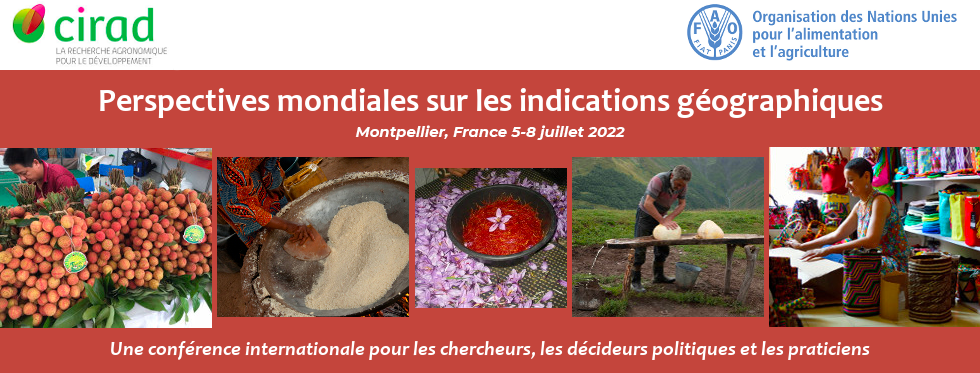There are some well-known global divisions in the level of interest in geographical indications
(GI). “New World” countries – Argentina, Australia, Brazil, Canada, just to start alphabetically
– are less supportive of strong GI protection than European countries and India. Within
Europe, Mediterranean countries are much stronger advocates of GI systems than their Nordic
and North Atlantic neighbors. These differences are often traced to self-interest – Mediterranean
countries being home to may of the most famous geographical names for foodstuffs and New
World countries being populated significantly with immigrant communities who came from
those same areas.
But there are other complexities in trying to interest New World producers in GIs and,
concomitantly, any legal regime that offers GIs strong protection. These may include differences
in forms and levels of entrepreneurship as well as desire for diversification. For example, in the
past twenty years the United States has seen an explosion of artisanal cheesemaking. One might
reasonably think that would significantly increase interest in GIs and their protection, but it
does not appear to have done so.
Another complexity for “New Worlders” is that many New World geographical names, either
famous by themselves or known for agricultural production, trace back to indigenous
communities – Jujuy, Kaurna, Maipu, Miami, Nantucket, Okanagan, Peramangk, and scores
more. The proper, respectful use of these geographical names by principally non-indigenous
producers is a complex social, ethical, and political issue that has no parallel for Mediterranean
countries where GI protection first flourished.
This talk is a first attempt to look at these puzzles.

Actes de la Conférence > Contributions par auteur > Hugues Justin
Complexities in interesting New World producers in Old World GI customs
1 : LLS
* : Auteur correspondant
 PDF version
PDF version
